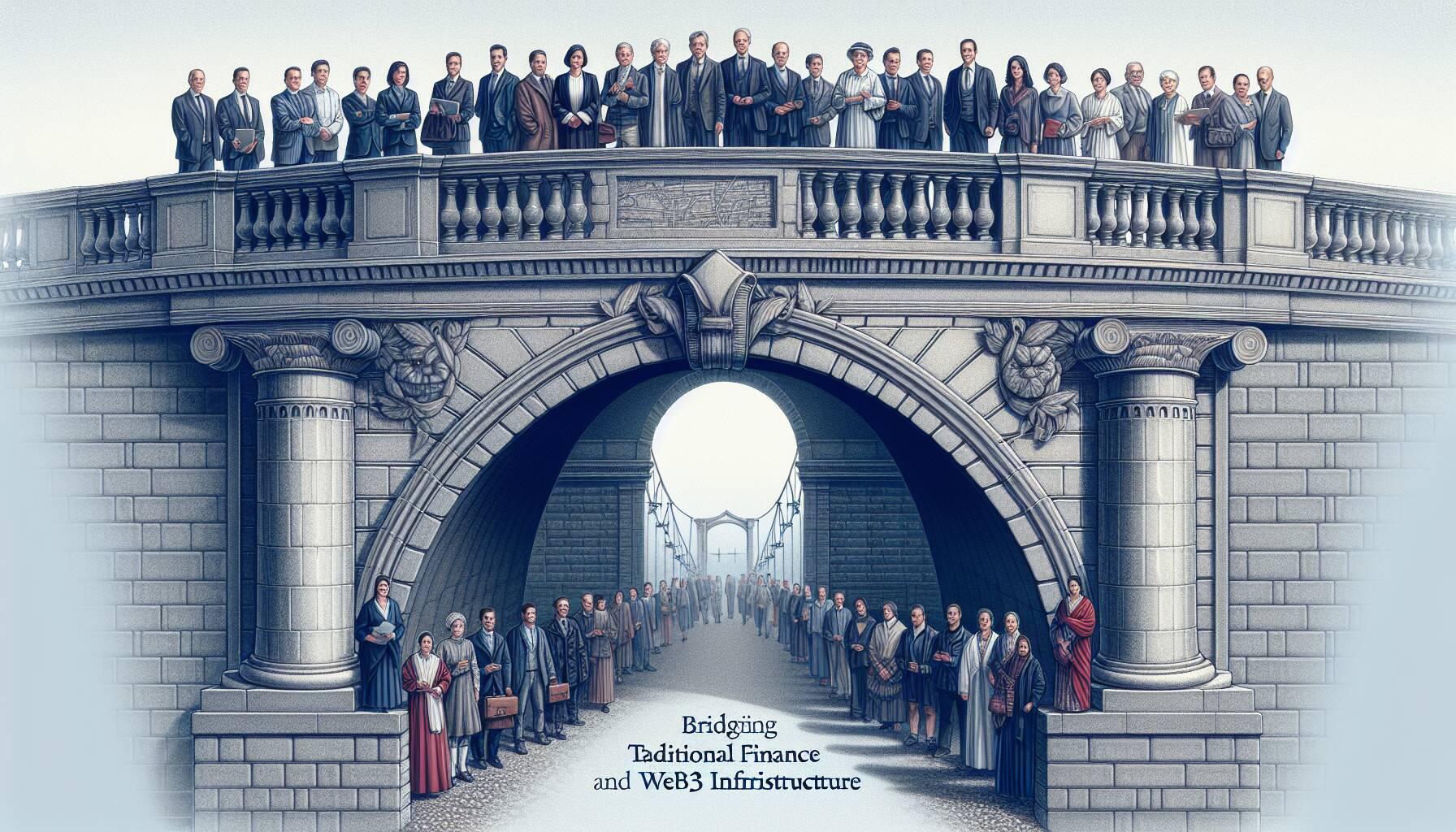The Polkadot network is making significant strides with the launch of the Polkadot Capital Group, a new institutional arm aimed at bridging the gap between traditional finance and the emerging Web3 infrastructure. This initiative comes at a pivotal moment, as regulatory clarity continues to evolve in the United States. According to a recent press release, the Polkadot Capital Group is set to connect various entities such as asset managers, banks, and venture capital firms to the innovative Polkadot ecosystem, which facilitates interoperable blockchains and decentralized applications.
Heading the new division is David Sedacca, who aims to fuse traditional finance expertise with knowledge in digital assets and enterprise technology. The group’s mission is centered around data-driven education and real-time engagement with industry leaders, a strategy that Sedacca believes will drive adoption and clarity in a rapidly changing market landscape. “Our goal is to lead through data-driven education, driving adoption through knowledge transfer, and adapting in real-time to the dynamic priorities of institutional market participants,” he stated in the press release.
The Polkadot Capital Group plans to offer a broad array of services, including infrastructure for centralized and decentralized exchanges, real-world asset tokenization, staking, and decentralized finance (DeFi). Furthermore, the division will provide case studies and partner resources to enhance understanding and engagement within the sector. Sedacca emphasized that their approach is not about reinventing finance but about evolving market infrastructure, highlighting Polkadot’s unique position and value proposition in this realm. “We’re not reinventing finance – we’re evolving market infrastructure. That’s where Polkadot is superior, and Polkadot Capital Group is here to educate and amplify its value proposition,” he commented.
Read more: 21Shares Polkadot ETF Plan Progresses With Nasdaq Filing for Listing Approval

Polkadot Capital Group Launch
The following key points summarize the establishment of Polkadot Capital Group and its implications for readers:
- Institutional Focus: Polkadot Capital Group aims to bridge traditional finance with Web3 infrastructure.
- Leadership: Led by David Sedacca, the group brings expertise from both traditional finance and digital assets.
- Data-Driven Education: The initiative will emphasize education and market insights for institutional players.
- Dynamic Engagement: They aim to adapt to market priorities in real-time, enhancing institutional confidence.
- Comprehensive Offerings: Services include centralized and decentralized exchange infrastructure, RWA tokenization, staking, and DeFi resources.
- Strategic Partnerships: Polkadot Capital is building alliances with brokers, asset managers, and capital allocators to provide actionable resources.
- Market Evolution: The group positions itself as evolving market infrastructure rather than reinventing finance.
“We envision a future where institutions clearly understand the unique value of our network and can engage confidently.” – David Sedacca
Polkadot Capital Group: Pioneering Institutional Connections in Web3
Polkadot Capital Group is setting a precedent in the Web3 landscape by fostering robust ties between traditional finance and emerging blockchain technologies. In a time where regulatory frameworks are becoming more defined in the United States, this initiative arrives as a strategic move for Polkadot to position itself as a leader in integrating conventional financial systems with innovative decentralized applications. Unlike competitors who may solely focus on user engagement or protocol development, Polkadot Capital aims to provide tailored solutions to asset managers, exchanges, and OTC desks, leveraging its unique pool of expertise.
Competitive Advantages: One of the most significant advantages of the Polkadot Capital Group is its commitment to “data-driven education,” addressing a key challenge in the crypto space where many institutional players still grapple with comprehension of blockchain technology. By promoting understanding and real-time adaptability to institutional priorities, Polkadot Capital is not just offering services but constructing an ecosystem where financial professionals can confidently interface with blockchain infrastructure. The focus on real-world asset tokenization and decentralized finance could provide institutions with innovative avenues for investment and valuation, thus broadening their market reach.
Disadvantages: However, this initiative is not without its challenges. The competitive landscape has other projects, such as Ethereum and Binance Smart Chain, which also strive to connect traditional finance with Web3. These rival platforms may already have institutional relationships and trust, which Polkadot Capital will have to work diligently to establish. Additionally, institutions often act cautiously when integrating new technologies, creating potential delays in adoption that could hinder the momentum Polkadot Capital hopes to build.
This initiative could particularly benefit asset managers and venture capital firms looking for diversified portfolios that include blockchain assets. Furthermore, banks and financial institutions exploring avenues for innovation can utilize Polkadot’s features to enhance their offerings. On the flip side, traditional financial institutions that resist adapting to these new frameworks may find themselves at a disadvantage, as they could lose market relevance in an increasingly digital finance-oriented world.
The road ahead for Polkadot Capital Group is laden with opportunities but also challenges that require a nuanced approach to collaboration and education within the shifting landscape of finance.

















